Examining the changing face of public spaces in urban design, this post discusses how cities are reimagining these areas for the 21st century. We cover the integration of sustainability, technology, and community engagement in creating vibrant urban environments.
Public spaces have long been the heart of urban life—a place where people gather, interact, and experience the collective pulse of the city. As urban populations swell and societal needs evolve, the design and function of these spaces are undergoing a significant transformation. Cities worldwide are reimagining public areas to be more sustainable, inclusive, and adaptable to the challenges of the 21st century.
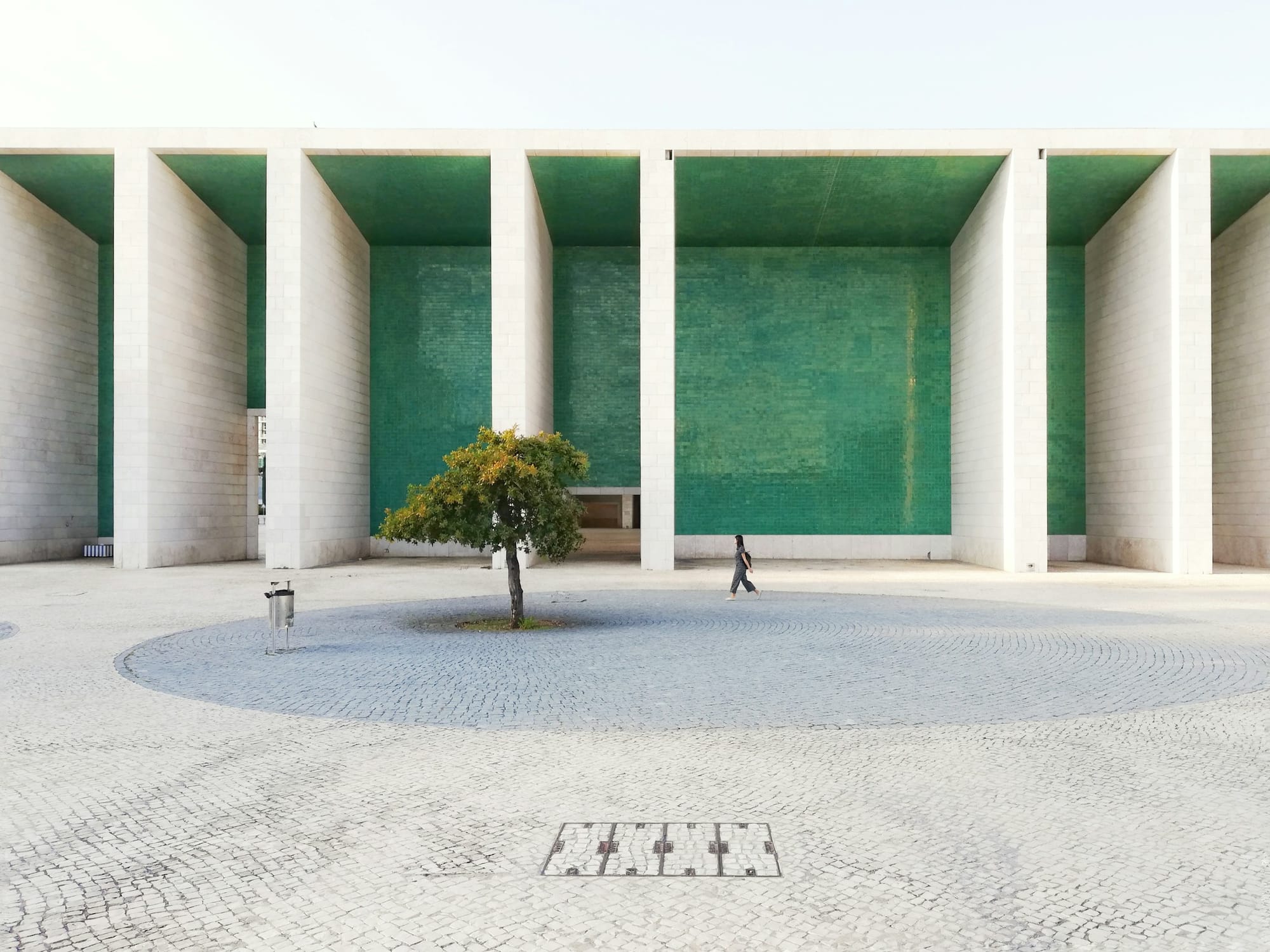
Redefining Public Spaces Through Sustainability
Sustainability has become a cornerstone in the evolution of public spaces. Urban planners and designers are integrating green infrastructure to create environments that not only serve social functions but also address environmental concerns.
"Today's public spaces must do more than provide aesthetic appeal; they need to contribute to the ecological health of the city," says Maria Lopez, a landscape architect with GreenCity Designs. "We're incorporating elements like rain gardens, green roofs, and permeable pavements to manage stormwater and reduce urban heat islands."
An exemplary project is the Madrid Río Park in Spain, where a former highway was transformed into a lush green corridor along the Manzanares River. The park features extensive vegetation, pedestrian pathways, and recreational facilities, enhancing biodiversity and offering residents a natural escape within the city.
"The park has reconnected citizens with the river and each other," notes Juan Martinez, a city official involved in the project. "It's a model of how urban spaces can be repurposed for ecological and social benefit."
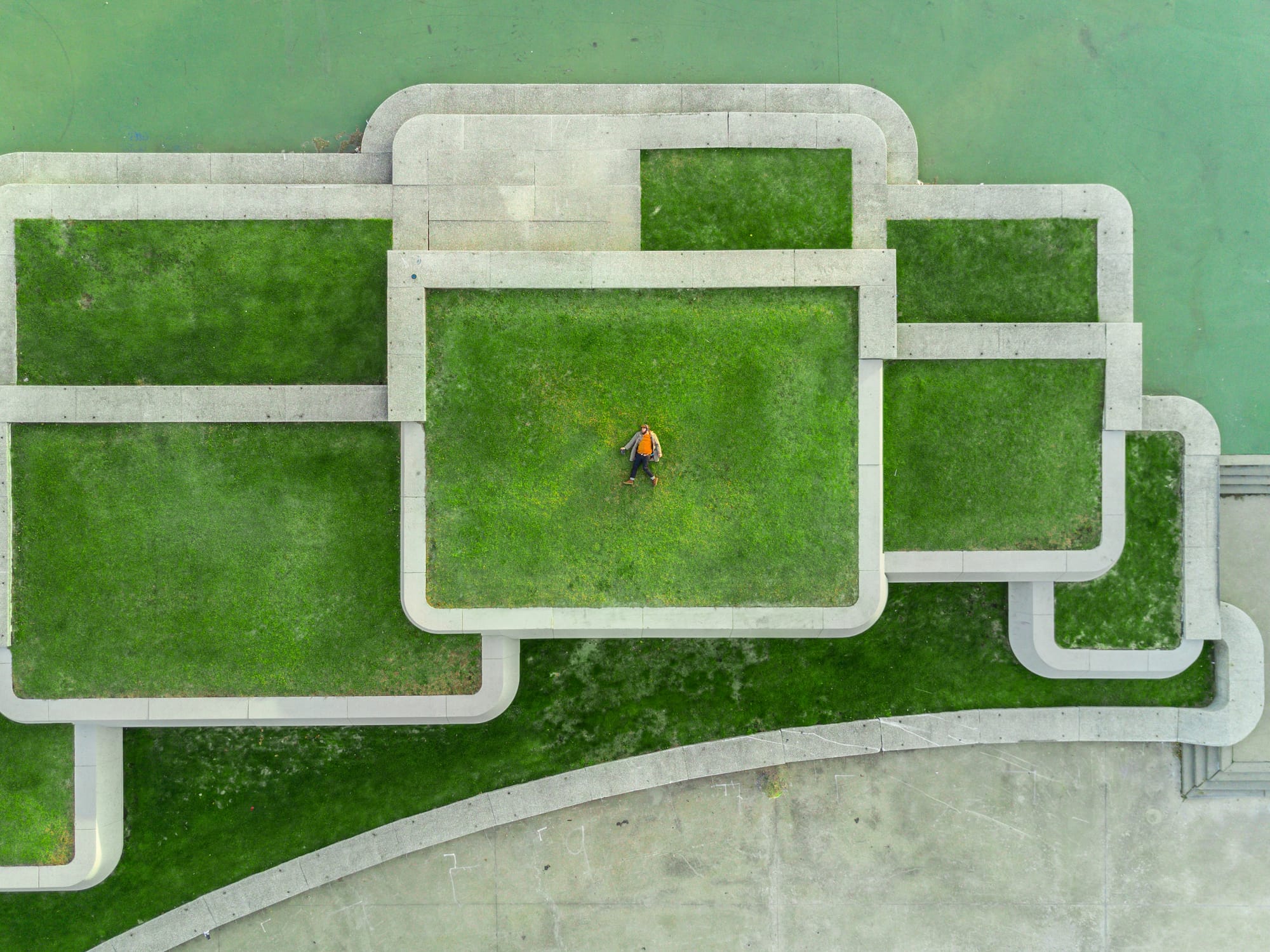
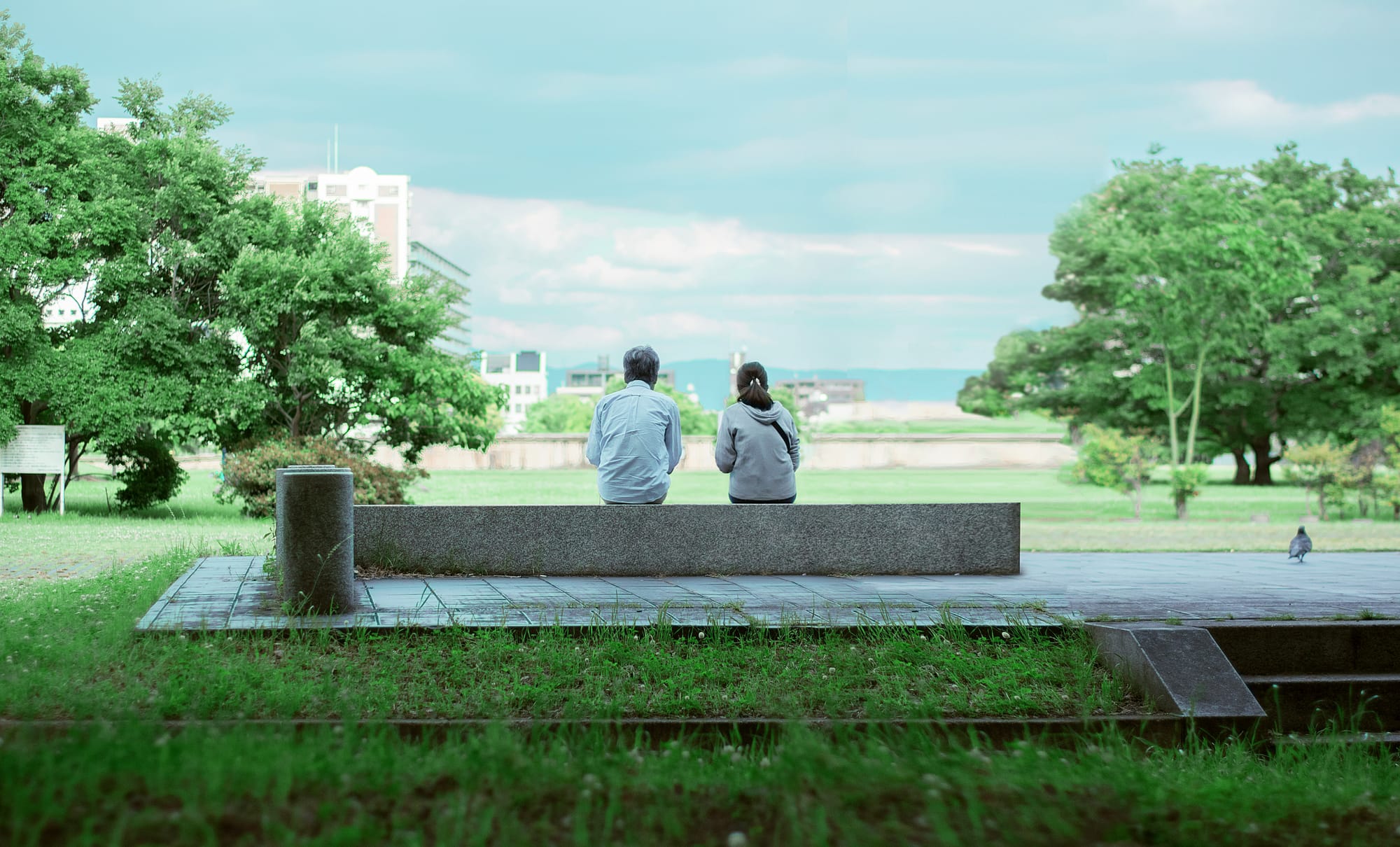

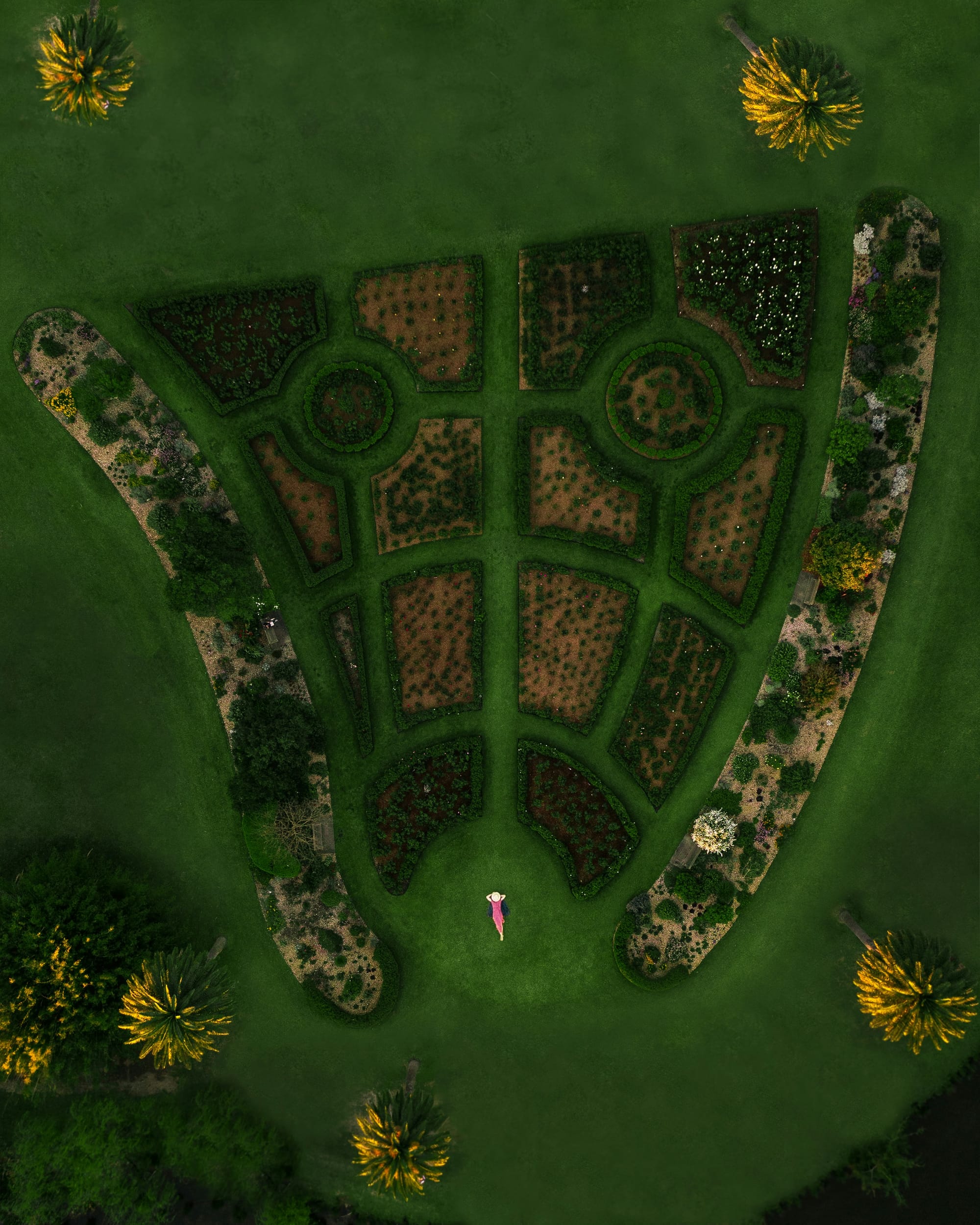
Photos by multiple authors - on Unsplash
Integrating Technology for Smarter Spaces
Technology is playing an increasingly significant role in the development of public spaces. From interactive installations to smart infrastructure, cities are leveraging technology to enhance user experience and operational efficiency.
"Smart public spaces are about creating environments that respond to people's needs in real-time," explains Daniel Kim, an urban technologist at CityLab Innovations. "Sensors, Wi-Fi connectivity, and interactive kiosks can provide services ranging from wayfinding to environmental monitoring."
In Toronto's Waterfront revitalization, technology is seamlessly integrated into the urban fabric. Smart benches offer charging stations and Wi-Fi, while interactive public art installations engage visitors. Additionally, data collected from environmental sensors helps the city manage resources more effectively.
"By gathering data on foot traffic and environmental conditions, we can make informed decisions to improve the space continually," says Sarah Thompson, project manager for the Waterfront development.
However, the incorporation of technology raises concerns about privacy and accessibility. Urban planners are challenged to balance innovation with inclusivity, ensuring that public spaces remain open and welcoming to all.
"Technology should enhance, not hinder, the public's experience," emphasizes Kim. "It's crucial to implement these tools thoughtfully and transparently."
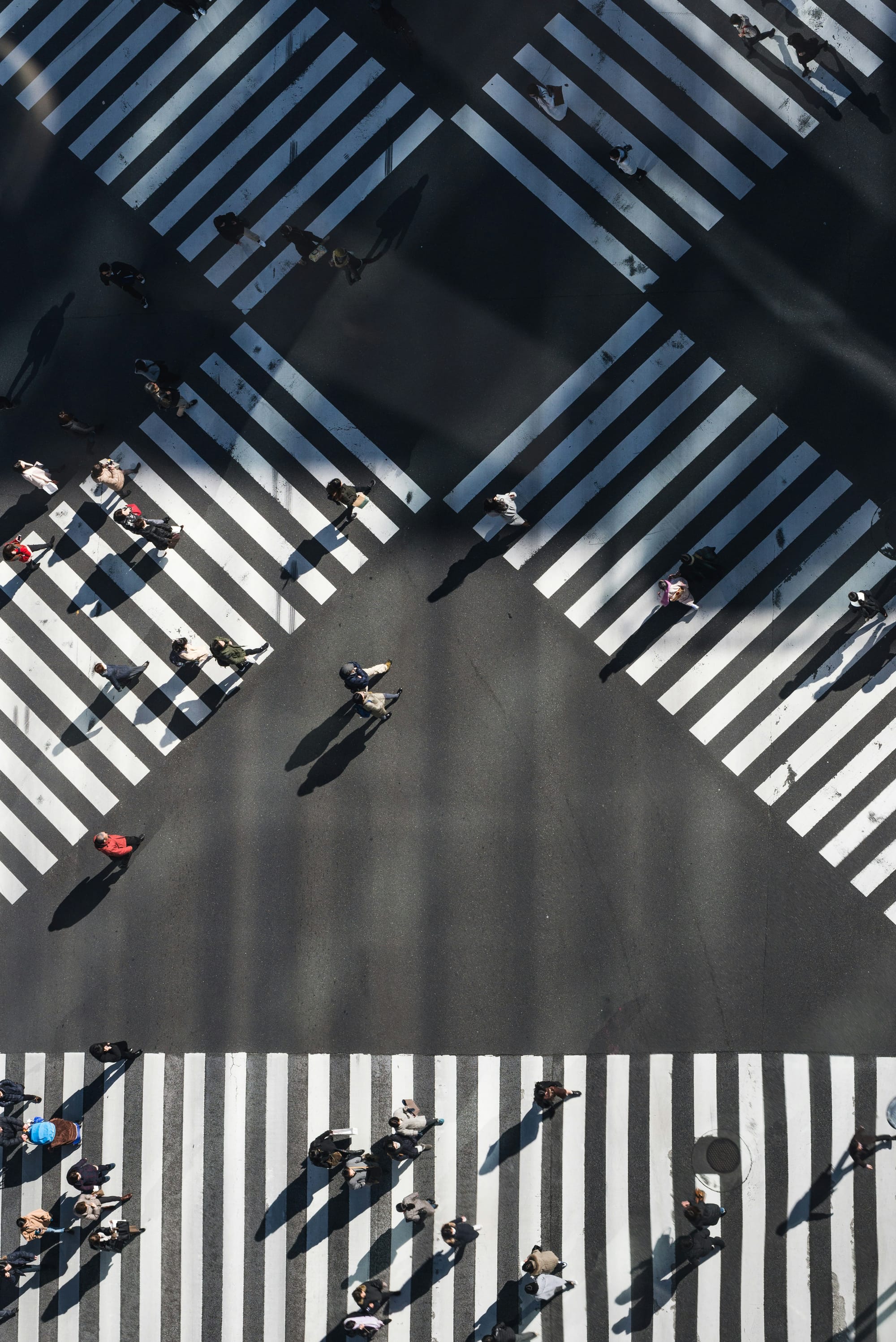

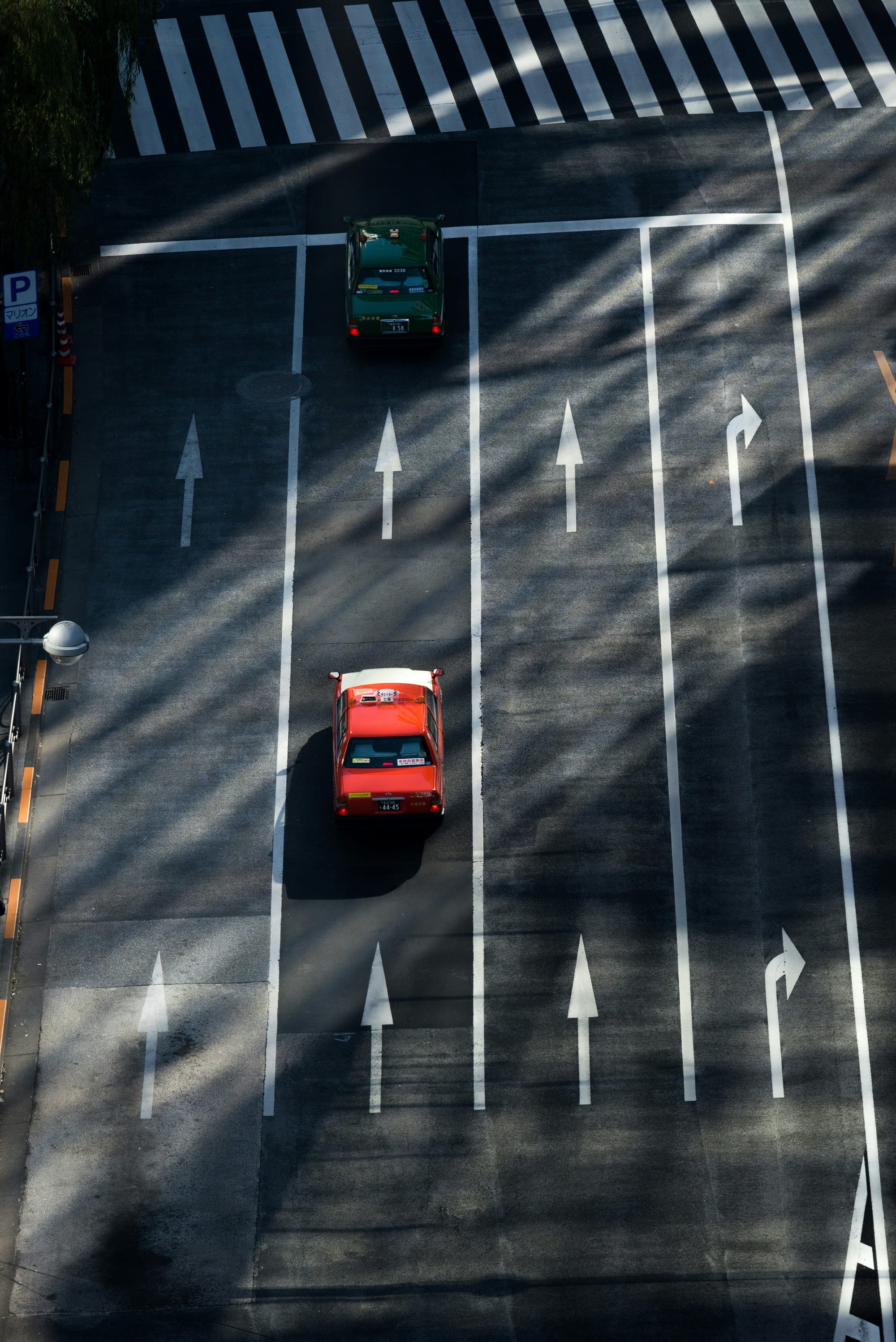
Fostering Community Engagement and Inclusivity
At the heart of evolving public spaces is a renewed focus on community engagement and inclusivity. Cities are recognizing the importance of involving residents in the design process to create spaces that reflect the diverse needs and identities of their populations.
"Public spaces must be designed with the people who use them, not just for them," asserts Aisha Rahman, director of the Urban Inclusion Initiative. "Engaging communities leads to more vibrant and meaningful places."
Participatory design workshops, surveys, and public forums are becoming standard practices. In Copenhagen's Superkilen Park, the local community collaborated with designers to incorporate objects and symbols representing the neighborhood's multicultural makeup.
"Superkilen is a physical manifestation of our community's diversity," says local resident Ahmed Hassan. "It's a place where everyone sees a piece of themselves."
Inclusivity also extends to accessibility. Universal design principles ensure that public spaces are usable by people of all ages and abilities. Features like ramps, tactile paving, and multisensory installations make environments more welcoming.
"Accessibility is non-negotiable," emphasizes Rahman. "Inclusive design benefits everyone and strengthens the social fabric of the city."









